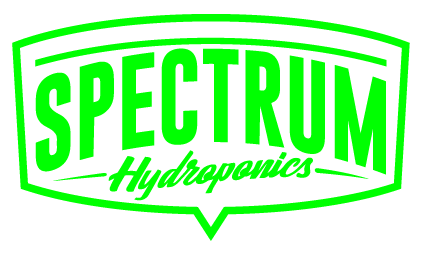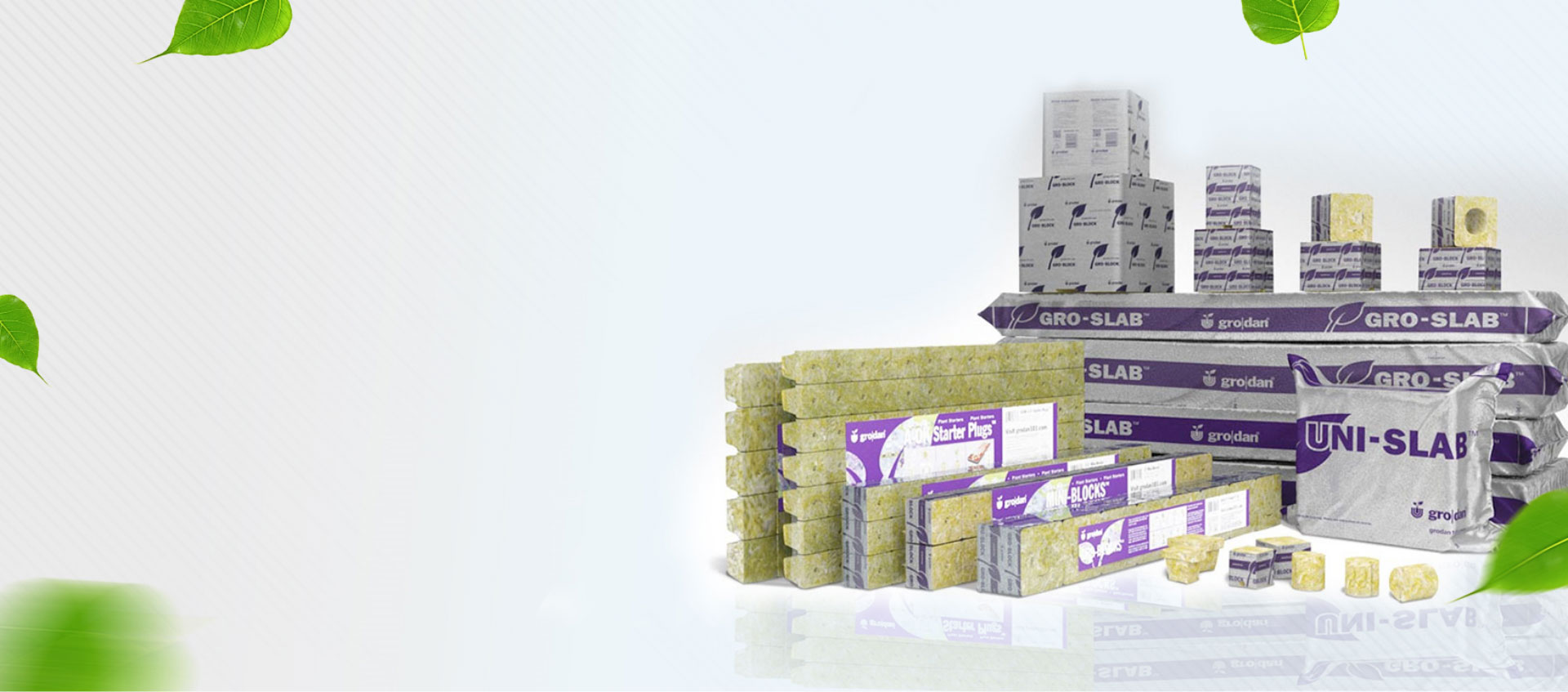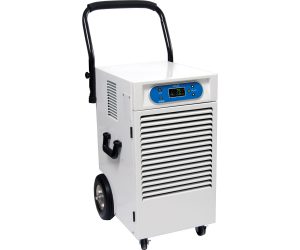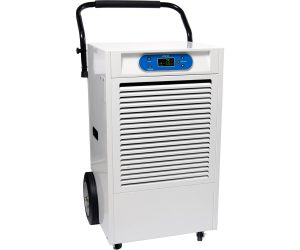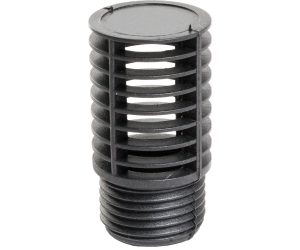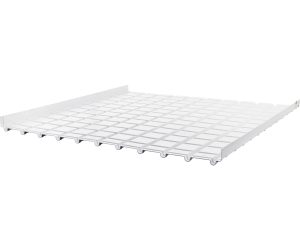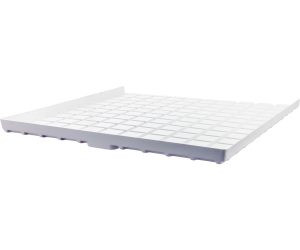OUR PRODUCTS

Spectrum Hydroponics
About us
We’ve been in business for over 5 years, helping customers in Orange County, Los Angeles County, and Riverside County become efficient growers by providing the right indoor and outdoor agricultural supplies, but more importantly, reliable, skilled, and efficient customer service with the best pricing you’ll find. We offer a 15% discount for first-time customers and military and wholesale and commercial discounts available.
We only work with leading brands in the industry. Our array of solutions goes from providing agricultural supplies to designing our customers’ grow rooms and troubleshooting our customers’ growing obstacles.
Follow us on Instagram
CHECK OUT OUR
PREMIUM TRAVEL BAGS
AND BAGPACKS
Subscribe…
...to our mailing list for exclusive discounts, special events, product announcements and Give-aways
